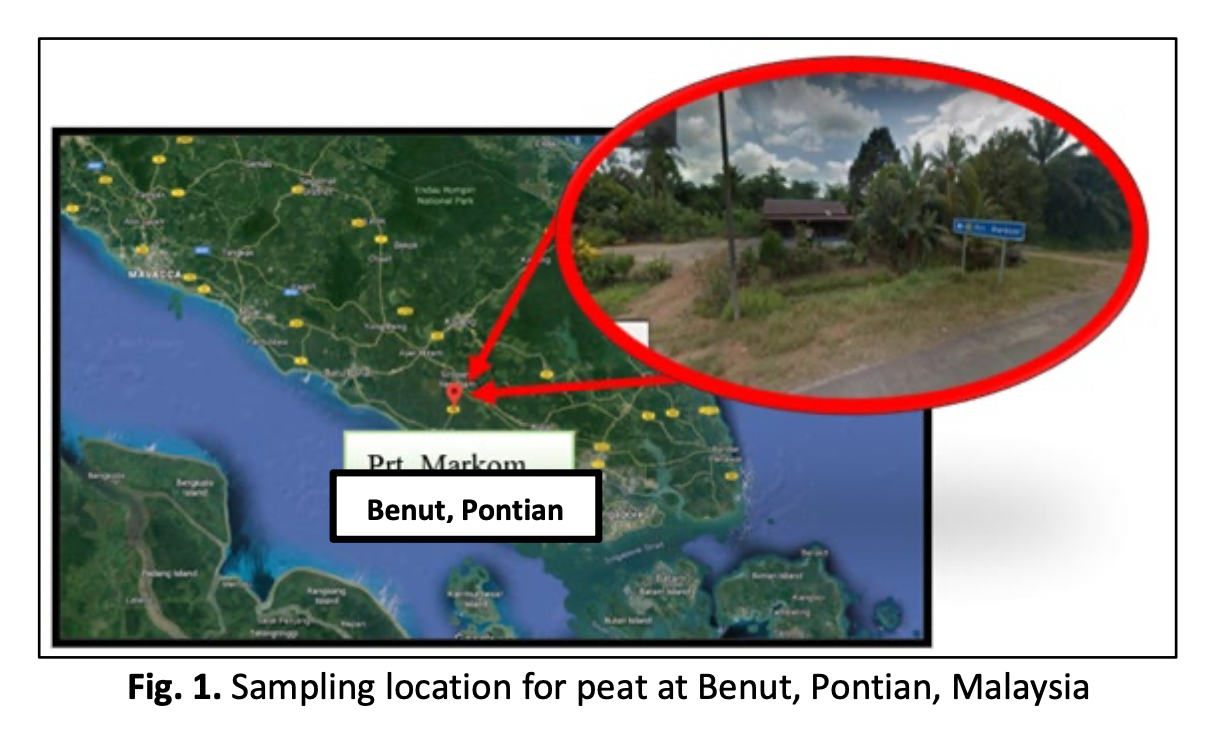Effect of Rice Husk Ash (RHA) as a Pozzolan on the Strength Improvement of Cement Stabilized Peat
DOI:
https://doi.org/10.37934/aram.114.1.8393Keywords:
Compressive strength, pozzolan, peat soil stabilization, cement substitutionAbstract
Cement is one of the most effective conventional methods for peat soil stabilization. However, this method is not environmentally friendly because the use of too much cement causes much carbon dioxide to be produced for cement production. Rice husk ash (RHA) is applied as substitution for Ordinary Portland Cement (OPC) in this study. RHA is waste generated from agricultural activities formed from the rice husk combustion process and will help mitigate pollution and disposal problems by recycling this waste in peat soil stabilization. Therefore, the study aims to investigate the basic characteristics of Pontian peatlands and assess the strengths of peat soils by using RHA. Laboratory tests including moisture content, organic content, fibre content, liquid limit, particle size analysis, unconfined compressive strength (UCS) and the Scanning Electron Microscope (SEM) together with Energy Dispersive X-Ray (EDX) analysis were experimented to investigate properties base of peatlands located at Pontian with the proportion of mixing ratio of RHA between 5% to 20%. Based on UCS test, at RHA 5% replacement mixture with cement shows the higher soil strength compared to other RHA replacement mixture with cement with the strength of 185 kN/m2, 233 kN/m2, and 278 kN/m2 for 7, 14 and 28 days of curing periods, respectively. The research found that RHA can promote peat stabilization, particularly in samples with a 95% cement ratio and 5% RHA that can be a countermeasure for environmental issues such as pollution and energy use.
Downloads



























